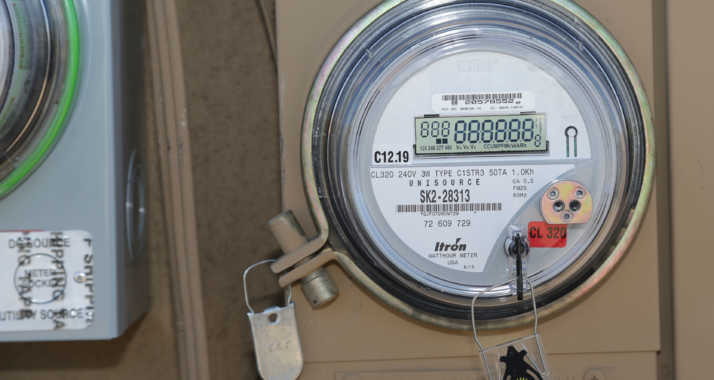FOR IMMEDIATE RELEASE
Aug 3 2015 12:00:00:000AM
News Media Contact: Joe Salkowski, (520) 884-3625, jsalkowski@tep.com
TEP Analyzing Impact Of New Carbon Dioxide Emission Limits For Power Plants
Tucson, Ariz. — Tucson Electric Power (TEP) is reviewing how its operations might be impacted by new rules released today by the U.S. Environmental Protection Agency (EPA) that will limit emissions of carbon dioxide (CO2) from power plants.
The Clean Power Plan (CPP) establishes varying CO2 reduction targets that Arizona and other states must meet by 2030, including interim goals for the period from 2022 through 2029. The CPP allows states to develop their own compliance plans but calls on the EPA to write rules for states that do not submit a plan.
TEP is reviewing the CPP to determine if it will alter the company’s existing plans to reduce CO2 emissions, expand renewable energy resources and improve the environmental performance of the generating portfolio that serves southern Arizona’s growing energy needs.
“We’re already taking significant steps to reduce our reliance on coal-fired generation and increase our investments in cost-effective renewable energy resources,” said David G. Hutchens, President and CEO of TEP and its parent company, UNS Energy Corporation. “We hope the Clean Power Plan allows us to continue these efforts without compromising our ability to deliver safe, reliable and affordable service.”
TEP plans to reduce its overall coal generation capacity by more than 30 percent over the next five years by increasing its use of natural gas generation, energy efficiency and renewable power. TEP’s growing renewable energy portfolio has earned repeated national acclaim and can now provide more than 330 megawatts of power, enough to meet the electric needs of about 70,000 homes.
The CPP calls on Arizona to reduce CO2 emissions from power plants to 1,031 pounds per megawatt-hour (MWh) by 2030 — a 34 percent reduction from 2012 levels — and to an average of 1,173 pounds/MWh between 2022 and 2030. The EPA’s initial draft of the plan, issued last year, would have required Arizona to reduce CO2 emissions to 735 pounds/MWh by 2020 and 702 pounds/MWh by 2030.
“It appears from our initial analysis that the EPA has responded constructively to the coordinated outreach from Arizona elected officials, regulators, utilities and other stakeholders regarding Arizona’s plan,” Hutchens said.
The implementation plan developed to comply with the CPP may impact TEP’s energy resources in Arizona. Those resources include portions of the Springerville Generating Station, a relatively new, cost-effective and reliable coal-fired power plant in eastern Arizona; the H. Wilson Sundt Generating Station in Tucson, a multi-fuel facility that can generate power from natural gas, coal, landfill gas and solar energy; and a portion of the Gila River Power Station, an efficient combined cycle natural gas-fired facility.
TEP also relies on generating resources in New Mexico and the Navajo Nation that are subject to separate CO2 reduction targets under the CPP. Together, the new rules affecting the company’s generating resources cover thousands of pages and involve numerous federal, tribal and state government agencies.
TEP and other electric providers are working with the Arizona Corporation Commission (ACC), the Arizona Department of Environmental Quality (ADEQ) and other stakeholders to analyze the potential impact of the new rules on utility operations. Costs of complying with the CPP could affect electric rates.
TEP provides safe, reliable electric service to approximately 414,000 customers in Southern Arizona. For more information, visit tep.com. TEP and its parent company, UNS Energy, are subsidiaries of Fortis Inc., which owns utilities that serve more than 3 million customers across Canada and in the United States and the Caribbean. To learn more, visit fortisinc.com.






